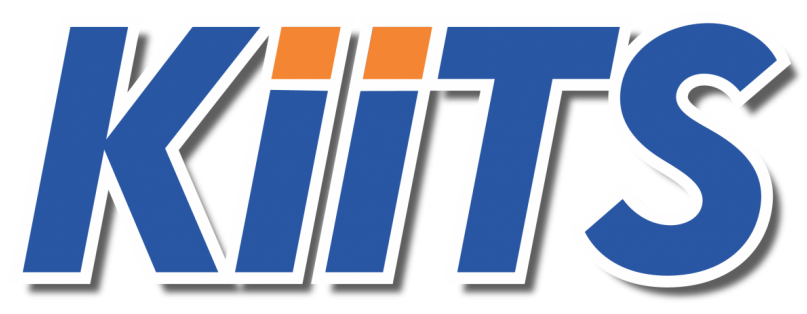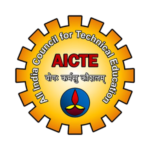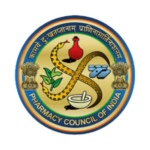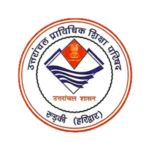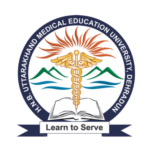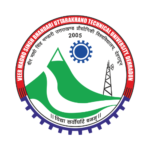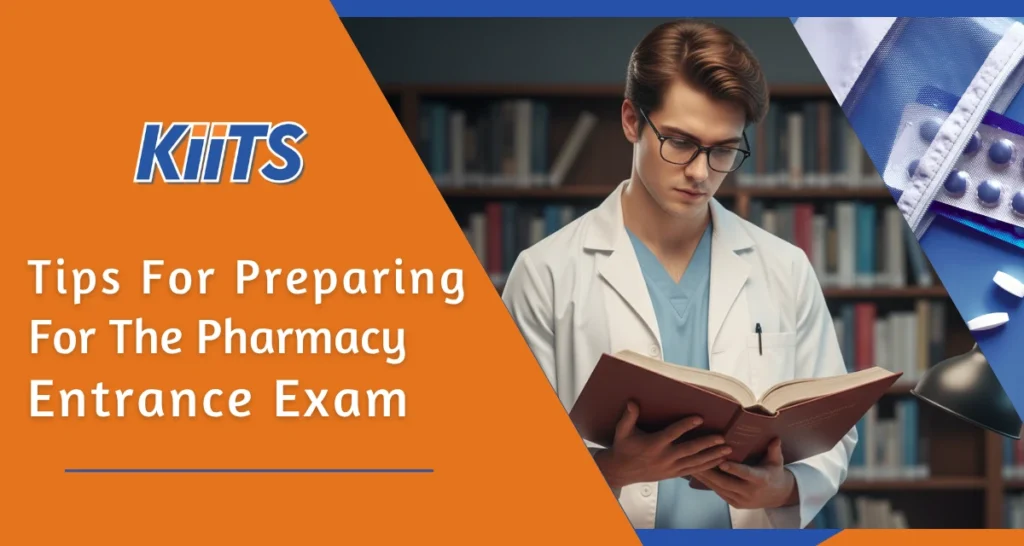Pharmacovigilance and drug safety are crucial components of healthcare, aimed at ensuring that medicines are safe and effective for public use. With the increasing complexity of drug development and the growing number of medications available, pharmacovigilance has become more important than ever in safeguarding public health.
The Importance of Pharmacovigilance
The primary goal of pharmacovigilance is to protect patients from unnecessary harm by ensuring that the benefits of medicines outweigh their risks. Adverse drug reactions (ADRs) can lead to significant morbidity and mortality, making it essential to monitor and manage these risks effectively. Pharmacovigilance plays a critical role in identifying new safety issues, refining the understanding of known risks, and ensuring that healthcare professionals and patients are informed about the safe use of medicines.
Detection of Adverse Drug Reactions (ADRs): ADRs are unintended, harmful reactions to drugs that occur at normal doses. These can range from mild side effects, such as nausea and dizziness, to severe reactions, including organ failure and death. Pharmacovigilance systems are designed to detect and evaluate these reactions, providing valuable data that can be used to improve drug safety.
Risk Management: Once potential risks are identified, pharmacovigilance efforts focus on managing and mitigating these risks. This involves developing risk management plans (RMPs) that outline strategies for minimizing potential harm to patients. RMPs may include additional monitoring, safety warnings, changes to dosing recommendations, or even withdrawal of the drug from the market.
Regulatory Compliance: Regulatory agencies, such as the U.S. Food and Drug Administration (FDA) and the European Medicines Agency (EMA), require pharmaceutical companies to maintain robust pharmacovigilance systems. Compliance with these regulations is essential for drug approval and continued market access. Companies must submit regular safety reports and promptly report any serious safety concerns to the authorities.
Patient and Healthcare Professional Education: Educating patients and healthcare professionals about the safe use of medicines is a key aspect of pharmacovigilance. This includes providing clear information on potential side effects, drug interactions, and contraindications. Effective communication ensures that medicines are used appropriately and that any adverse effects are promptly recognized and managed.
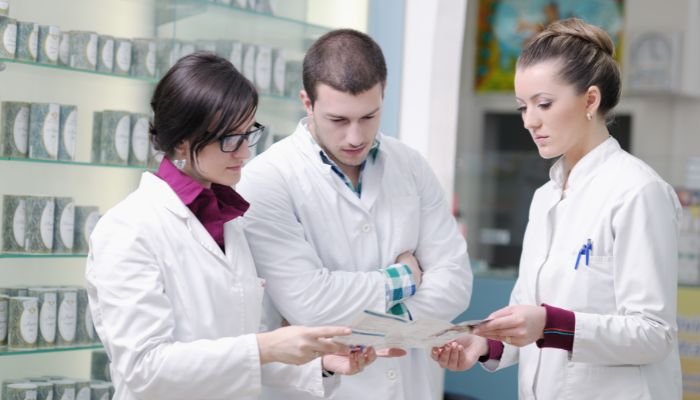
Key Components of Pharmacovigilance
Pharmacovigilance encompasses several key components, each playing a vital role in ensuring drug safety:
Spontaneous Reporting Systems: Spontaneous reporting systems, such as the FDA’s Adverse Event Reporting System (FAERS) and the WHO’s VigiBase, are essential for collecting data on ADRs. Healthcare professionals, patients, and pharmaceutical companies can report suspected ADRs, providing valuable real-world evidence on drug safety. These systems help identify new safety signals and trends that may not have been evident during clinical trials.
Post-Marketing Surveillance: Post-marketing surveillance involves monitoring the safety of a drug after it has been approved and released to the market. This phase is critical because clinical trials may not detect all potential risks due to limited sample sizes and controlled conditions. Real-world use can reveal additional safety concerns, prompting further investigation and action if necessary.
Pharmacoepidemiology: Pharmacoepidemiology studies the use and effects of drugs in large populations. This field combines elements of pharmacology and epidemiology to assess the safety and effectiveness of medications in diverse patient populations. Pharmacoepidemiological studies provide valuable insights into the long-term safety and real-world impact of drugs.
Signal Detection and Analysis: Signal detection involves identifying potential safety concerns or trends from various data sources, such as spontaneous reports, clinical trials, and observational studies. Advanced statistical methods and data mining techniques are used to analyze large datasets and detect signals that may indicate a safety issue. Once a signal is identified, further investigation is conducted to determine its significance and potential impact on public health.
Risk Communication: Effective risk communication is essential for ensuring that safety information reaches healthcare professionals, patients, and the public. This includes updating product labeling, issuing safety alerts, and providing educational materials. Clear and timely communication helps manage expectations and informs users about potential risks and how to mitigate them.

The Role of Technology in Pharmacovigilance
Advancements in technology have significantly enhanced pharmacovigilance efforts, enabling more efficient data collection, analysis, and communication:
Electronic Health Records (EHRs): EHRs provide a wealth of real-world data on patient outcomes, including information on drug use and adverse events. Integrating EHR data with pharmacovigilance systems allows for more comprehensive monitoring and analysis of drug safety.
Data Mining and Artificial Intelligence (AI): AI and machine learning algorithms can analyze large datasets to identify potential safety signals more quickly and accurately than traditional methods. These technologies can detect patterns and correlations that may be missed by manual analysis, improving the detection of ADRs and other safety concerns.
Social Media and Patient Forums: Social media platforms and online patient forums have emerged as valuable sources of real-time data on drug safety. Patients often share their experiences with medications on these platforms, providing insights into potential ADRs and drug interactions. Pharmacovigilance systems can monitor social media for safety signals, complementing traditional reporting systems.
Mobile Health Applications: Mobile health (mHealth) applications allow patients to report ADRs directly from their smartphones. These apps can facilitate timely reporting, improve data quality, and increase patient engagement in pharmacovigilance efforts.
Challenges in Pharmacovigilance
Despite significant advancements, pharmacovigilance faces several challenges:
Underreporting of ADRs: One of the biggest challenges is the underreporting of ADRs. Many ADRs go unreported due to a lack of awareness, reluctance to report, or the perceived complexity of the reporting process. Efforts to simplify and encourage reporting are essential for improving the accuracy and completeness of pharmacovigilance data.
Data Quality and Standardization: Ensuring the quality and standardization of pharmacovigilance data is critical for accurate analysis and signal detection. Inconsistent data entry, incomplete information, and varying reporting formats can complicate data analysis. Standardized reporting practices and robust data validation processes are needed to address these issues.
Global Coordination: The globalization of the pharmaceutical industry and the diversity of regulatory requirements pose challenges for harmonizing pharmacovigilance practices. Coordinated efforts among regulatory agencies, pharmaceutical companies, and healthcare organizations are necessary to ensure consistent and effective drug safety monitoring worldwide.
Balancing Risks and Benefits: Assessing the risk-benefit profile of a drug can be complex, especially for drugs with significant therapeutic benefits but also substantial risks. Pharmacovigilance efforts must carefully evaluate the overall impact on patient health, considering both the potential benefits and harms of a medication.

Future Directions in Pharmacovigilance
The future of pharmacovigilance is likely to be shaped by several emerging trends and innovations:
Personalized Medicine: Advances in genomics and personalized medicine offer new opportunities for pharmacovigilance. Understanding individual genetic variations can help predict responses to drugs and identify patients at higher risk for ADRs. Integrating pharmacogenomic data into pharmacovigilance systems can enhance drug safety by enabling more personalized risk assessments.
Real-World Evidence (RWE): The use of real-world evidence is gaining traction in pharmacovigilance. RWE is derived from real-world data sources, such as EHRs, claims databases, and patient registries. It provides insights into how drugs perform in everyday clinical practice, offering a more comprehensive understanding of their safety and effectiveness.
Regulatory Innovations: Regulatory agencies are adopting new approaches to enhance pharmacovigilance. This includes implementing more efficient reporting systems, leveraging advanced analytics, and fostering collaboration among stakeholders. Regulatory frameworks are evolving to keep pace with technological advancements and the growing complexity of drug safety monitoring.
Patient-Centered Approaches: Increasing patient involvement in pharmacovigilance is a key trend. Engaging patients in reporting ADRs, providing feedback on their experiences, and involving them in safety monitoring efforts can improve the quality of pharmacovigilance data and ensure that patient perspectives are considered in risk assessments.
Global Harmonization: Efforts to harmonize pharmacovigilance practices across countries and regions are ongoing. International collaboration and the development of standardized guidelines can improve the consistency and effectiveness of drug safety monitoring worldwide. Initiatives such as the International Council for Harmonisation of Technical Requirements for Pharmaceuticals for Human Use (ICH) are working towards global harmonization of pharmacovigilance standards.
Conclusion
Pharmacovigilance and drug safety are essential components of healthcare, ensuring that medicines are safe and effective for public use. Through the detection, assessment, understanding, and prevention of adverse effects, pharmacovigilance protects patients and enhances the overall quality of healthcare. Advancements in technology, personalized medicine, and regulatory innovations are shaping the future of pharmacovigilance, offering new opportunities to improve drug safety and patient outcomes.
Despite the challenges, ongoing efforts to enhance pharmacovigilance practices, engage patients, and promote global collaboration are critical for achieving the goal of safe and effective medicines for all. As the field continues to evolve, pharmacovigilance will remain a cornerstone of public health, safeguarding the well-being of patients worldwide.
